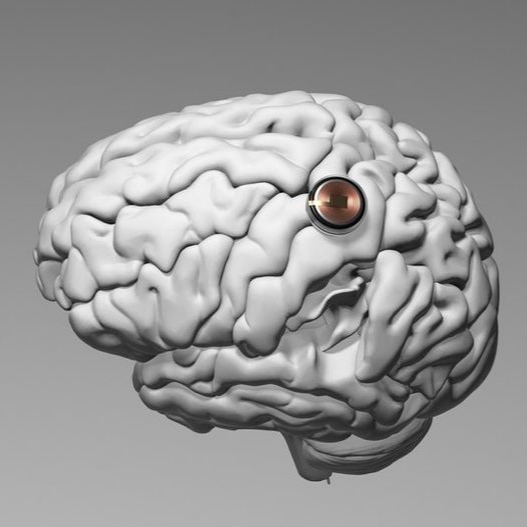The latest frontier explored by Neuralink has aroused a mixture of amazement and perplexity in the scientific world. With the announcement to begin testing on humans (and related post on X), Elon Musk's ambitious project enters a critical phase. On the one hand, this innovation could mark an epochal progress in the brain-computer interface, on the other it raises obvious questions regarding the safety and ethics of these experiments, highlighting a "bittersweet" reaction from the scientific community.
Neuralink: science at the edge of the unknown
Neuralink is not just a company or a project. It's a journey into the unknown, driven by humanity's insatiable curiosity (and the drive for profit, but that's the general background). A journey that at this point finds itself exactly at the crossroads between immense potential and many unresolved questions.
The scientific world, with its natural inclination towards caution and rigorous analysis, has reacted in varied ways. On the one hand, as mentioned, there are those who see Neuralink as the key to unlocking new ways of treating neurological diseases, or even to expanding human capabilities.
On the other hand, (absolutely legitimate) concerns emerge regarding potential risks. And I don't mean just for the first human participants in these tests, but also for those who will experience the long-term implications of such technologies.

Safety and ethics: the two sides of the coin
The most discussed aspect? Of course, the one related to safety. The procedure for implanting Neuralink devices (with a special "stapling" machine), although perfected over the years, still involves significant risks. Infections, brain tissue damage and other complications are issues that are not yet fully resolved.
The ethical question, then, is no exception. An issue that Neuralink has been carrying with it since experiments on monkeys, which have raised bitter controversy. Musk's startup's unique approach to recording the activity of individual neurons through fully implanted and wireless devices is viewed with excitement for its potential to increase the bandwidth of brain-machine communication. However, there is concern about the lack of transparency and details regarding the study, such as the fact that it was not registered on ClinicalTrials.gov, a common practice to ensure ethical standards and protect volunteers. Everything we know comes to us from a simple brochure which invites volunteers to sign up for tests. Practically the Wild West.
How could this technology affect our human identity? What about our personal freedoms? Questions that open up scenarios that until recently were only the prerogative of science fiction.

Neuralink: a step towards the future
Despite the uncertainties, Neuralink represents a bold step into a future that could be radically different. The potential to improve the quality of life for people with severe disabilities is immeasurable. The possibility of connecting our brains directly to computers opens up scenarios that could change us in ways we can only imagine today.
Bradley Greger, associate professor of neural engineering at Arizona State University, highlights the revolutionary impact Neuralink's technology could have, especially for people with paralysis. Starting from the same Ian Miles Cheong, the first human to be implanted with Neuralink's cerebral device. However, it also notes the importance of Neuralink's collaboration with research institutions and neurological hospitals for the long-term success of the study and the accessibility of the technology to other researchers.

The path ahead is a dark forest
The road ahead of Neuralink is long and full of unknowns. Every new discovery and every test conducted opens up new questions. But it is precisely in this spirit of exploration and incessant research that the complexity of science is found.
Neuralink is a crossroads, perhaps THE crossroads of this beginning of the millennium: overcoming human limits, healing diseases that are currently incurable. Or end up subjugated by a machine that also takes over our brain.
Between utopia and dystopia, as always, the path of our species. The role of the scientific community and society will be crucial to ensure that these technological advances are used for the good of humanity, keeping the individual and her rights at the center. The history of Neuralink is still to be written, but one thing is certain: the future is already here, and it wants to read our thoughts.


